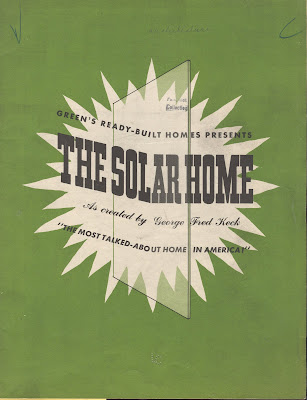

We recently came across a wonderful sketch in one of the Benson & Riehl Office sketchbooks, circa 1950. It represents the facade of Beekman's Men's Clothing Store, which was located at St. Charles Avenue & Commercial Place, municipal numbers 328-330 (top image). The Beekman haberdashery operated from this location for nearly fifty years, from 1901-1951.
In January 1926, the newly-founded firm of Andry & Feitel (1925-1966) collaborated with interiors specialist Harry Moses (1877-1935) to design a new Beekman's marquee (bottom image), display windows and a musicians' balcony. By the spring of 1951, the building was sold to an unknown investor, and the Petroleum Club of New Orleans entered into a ten-year lease agreement for the second floor.(1) The 1951 sale inaugurated a series of dramatic alterations to the building.
Businessman Henry Lewis renovated the
storefront and first-floor interior for his men's and boy's clothing store in 1953. (2) Within four years, the Greater New Orleans Federation of Churches acquired the property and transformed the building into its Church House. (3) The Federation announced its intent to sell the structure in 1974. Within months the building was extensively damaged by "a hammer-wielding vandal intent on destruction." (4) The Old Spaghetti Factory Restaurant chain then acquired the property, and converted it into a pasta parlor.(5) Four years later, Mayor Ernest Morial announced plans to demolish the structure and replace it with a 2,000-room hotel that would cater to Pan-American travelers.(6) The site is now a parking lot.
(1)"Sale of Beekman Building is Largest Reported Transaction of the Week." The Times-Picayune 15 April 1951, Section 5, p. 1.
(2)"Clothing Store to Open Today." The Times-Picayune 25 March 1953, p. 6.
(3)"Dr. Grey Named President of New Orleans Federation of Churches." The Times-Picayune 23 February 1957, p. 20.
(4)"Church House Sale Planned." The Times-Picayune 9 March 1974, Sect. 2, p. 4; Wesley Jackson, "Vandalism & Theft." The Times-Picayune 25 January 1975, Section 1, p. 12.
(5)"Spaghetti is Speciality of New Restaurant." The Times-Picayune 28 July 1976 (Morning Edition), Sect. 4, p. 16.
(6)Joe Massa, "Hotel Catering to Foreign Travelers Planned." The Times-Picayune 27 April 1980, Sect. 1, p. 33.
Images above: Beekman's, 328-330 St. Charles Avenue. Graphite on ledger paper. Circa 1950. Benson & Riehl Office Records, Southeastern Architectural Archive; Andry & Feitel, architects. Half of Elevation of Marquise, for Bob Beekman. Blueprint. January 1926. Harry F. Moses Office Records, Southeastern Architectural Archive.
 The Chicago Architecture Foundation's exhibit Chicago Model City features an extraordinary 320-square-foot model of the downtown area. Using data sets from different sources -- including the Skidmore Owings & Merrill archive -- Columbian Model & Exhibit Works, Ltd. designers used Google SketchUp to develop the forms of individual structures. After grooming the data, designers employed a stereolithography machine to fabricate the resinous building models, which were then cured, embellished, and assembled.
The Chicago Architecture Foundation's exhibit Chicago Model City features an extraordinary 320-square-foot model of the downtown area. Using data sets from different sources -- including the Skidmore Owings & Merrill archive -- Columbian Model & Exhibit Works, Ltd. designers used Google SketchUp to develop the forms of individual structures. After grooming the data, designers employed a stereolithography machine to fabricate the resinous building models, which were then cured, embellished, and assembled. 







